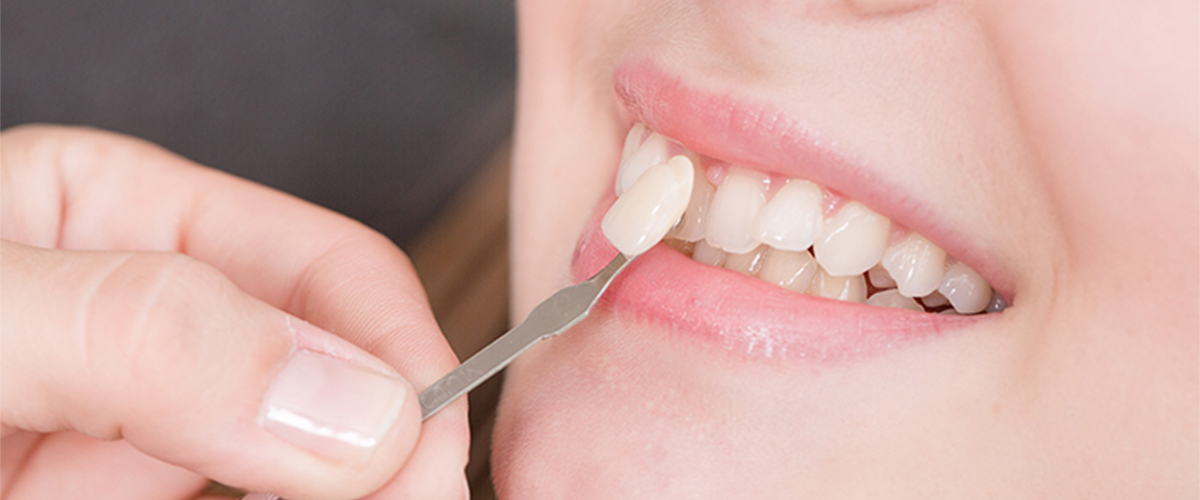What is a veneer?
Veneers are synthetic dental shells attached to the teeth front to improve the appearance. They are thin and tooth-colored shells. They are made from resin or porcelain composite materials.
The thin protective outer layer of the teeth, known as enamel, will generally be removed in tiny amounts by the dentist during the implantation process.
As a result, after the dentist has placed the veneers, the patient cannot have them removed or decide not to use them.
- Imperfections, discoloration, and stains.
- Dents and little parts missing.
- Decay.
- Crookedness.
- Teeth with spaces in between.
Why is it required?
Custom-made dental veneers can be used to cover or fix a variety of dental flaws, such as:
When a tooth is chipped or cracked, some people may only need one veneer, but many people need six to eight veneers to get a uniform, symmetrical smile. The top eight front teeth receive veneers the most frequently.
How are veneers put on the teeth?
Before imprinting your teeth (a mold), your dentist must remove the enamel from around half of each tooth to achieve an exact measurement for your veneers. Your veneers are then made in the lab using this mold. After your dentist produces your mold, the lab typically takes 1 to 2 weeks to create your veneers and return them to you.
You can make an appointment to install your veneers once they are ready. Your dentist checks the fit, shape, and color of the veneers at this session to ensure they're ideal for you.
Your teeth are then expertly cleaned by your dentist. This is crucial because it prevents decay-causing microorganisms from becoming stuck under the veneer. After that, they utilize the grinding instrument to give the teeth that will get a veneer a rougher and irregular texture. The implanted veneer will adhere to the tooth more readily as a result. The veneer is then bonded to the tooth using dental cement by your dentist. This cement will fast harden using UV light.
Usually, the second appointment—during which veneers are affixed—takes little more than two hours. However, it could change depending on how many veneers are placed and whether a local anesthetic is employed.
